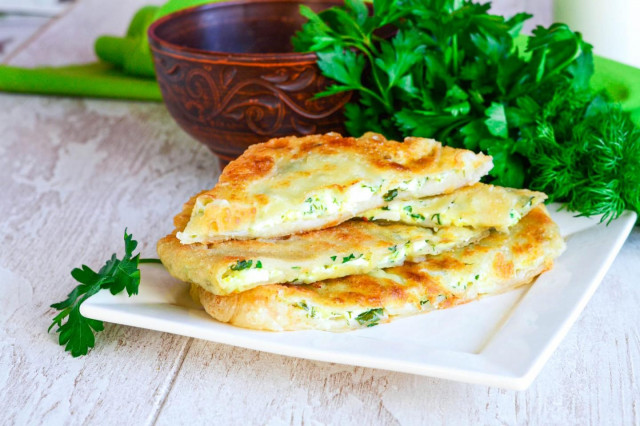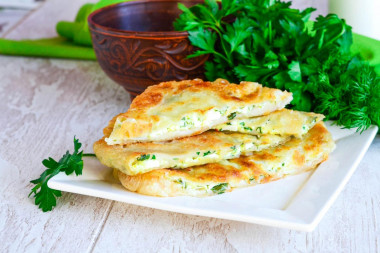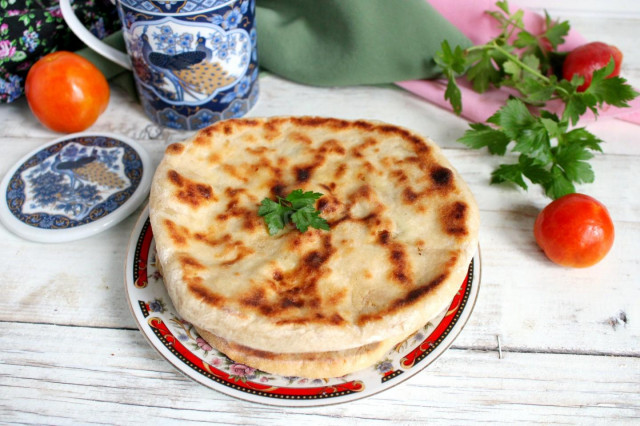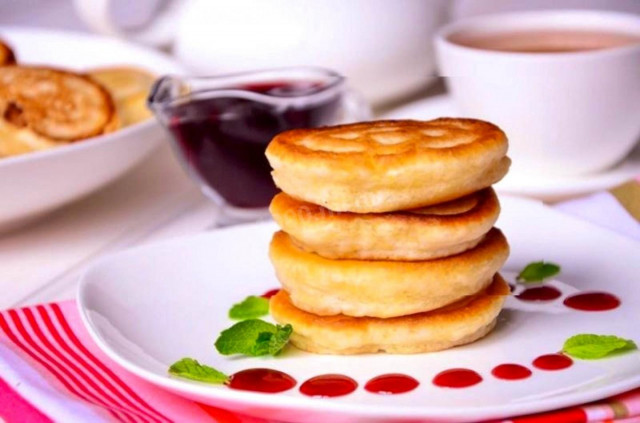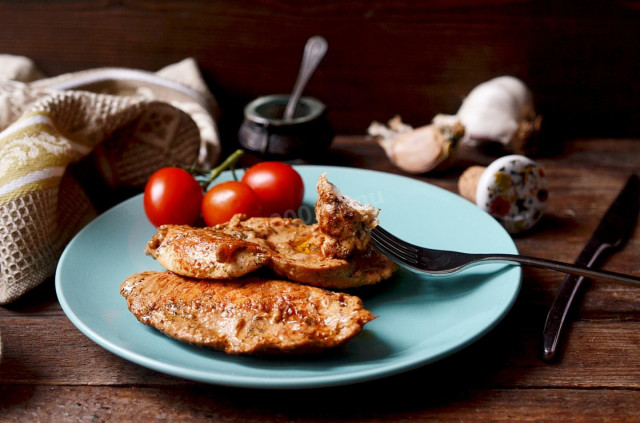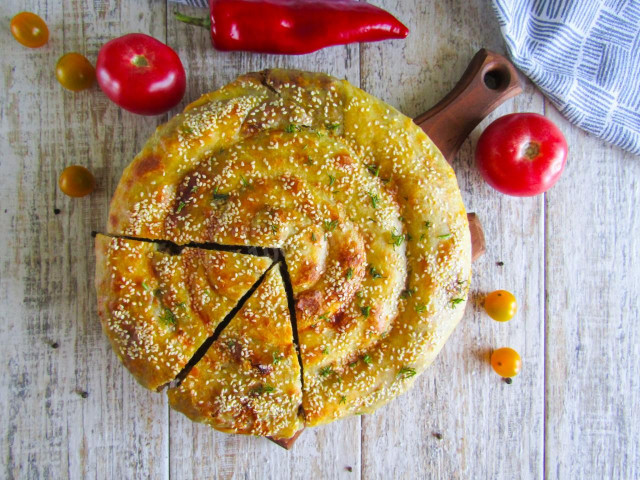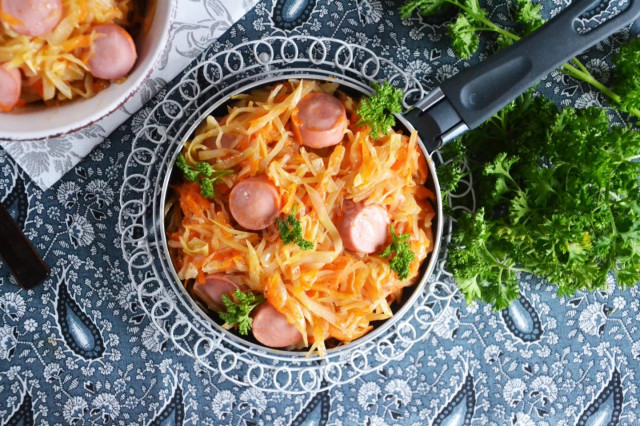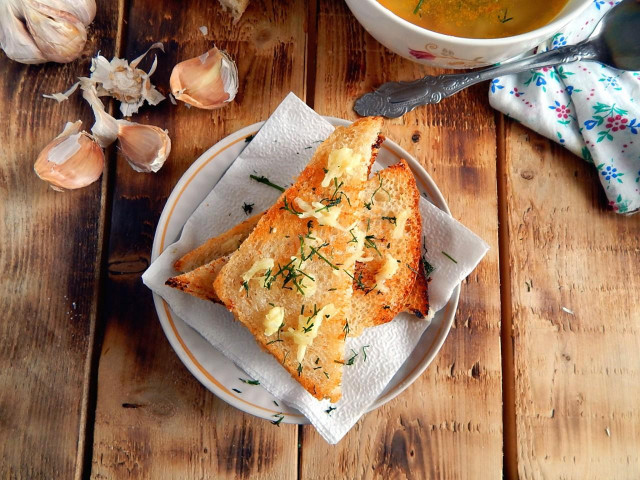Composition / ingredients
Step-by-step cooking
Step 1:
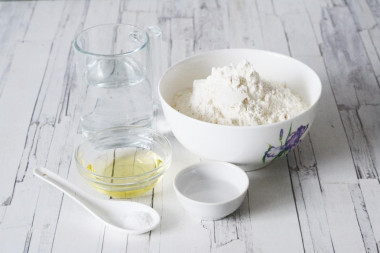
How to make Moldavian placinds with cottage cheese? Prepare the products. First for the test. Take refined, odorless oil. Vinegar — table, 9%. Pre-sift the flour, this will not only remove possible debris, but also saturate it with oxygen, which will make the baking more airy.
Step 2:
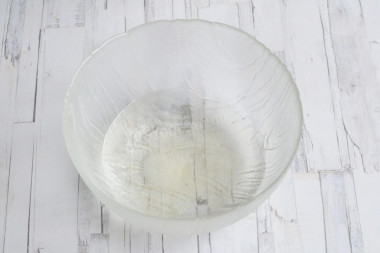
How to make dough? Take a large bowl for kneading dough, combine drinking water, vegetable oil, salt and table vinegar in it. Mix the products with a whisk.
Step 3:
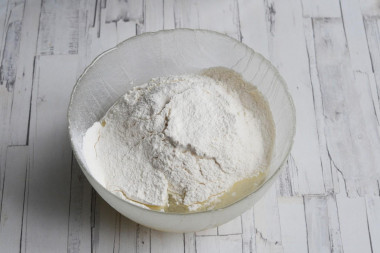
Pour the sifted flour into the water with vinegar. Knead a smooth, homogeneous, non-sticky dough. Be prepared for the fact that flour may need more or less than indicated in the recipe. Focus not on the amount of flour, but on the desired consistency of the dough.
Step 4:
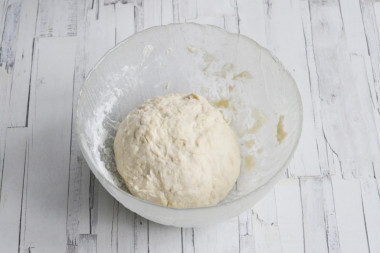
Assemble the dough into a ball, cover with a kitchen towel and leave for 15 minutes to "rest". During this time, the flour will absorb all the liquid, gluten will develop in it, which is responsible for the elasticity of the dough — it will be easier to work with it.
Step 5:
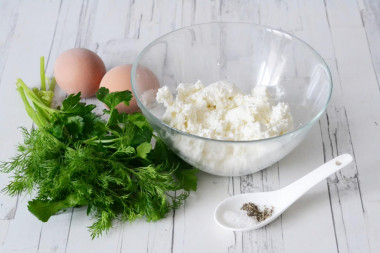
Then do the filling. Prepare the products for her. Choose cottage cheese, if possible, not dry and not granular, the fat content can be any, I have 5%. Take any greens to taste, I have parsley and dill. Like spices, add your favorites.
Step 6:
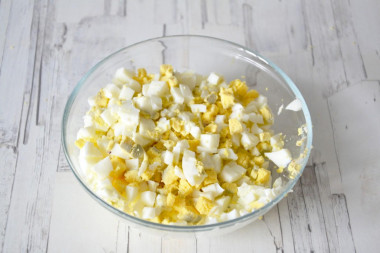
How to make the filling? Boil the eggs hard-boiled. How to cook hard-boiled eggs? So that the eggs do not crack when cooking, put them in cold water and put them to cook on a small fire. Boil the eggs for 9 minutes after boiling, then pour cold water and cool. From a sharp temperature drop, the shell will be better cleaned. Then peel the eggs and chop them finely. You can also grate them on a coarse grater.
Step 7:
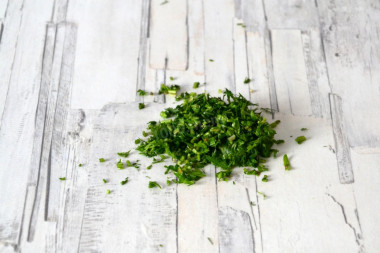
Wash the greens, dry them and chop them finely.
Step 8:
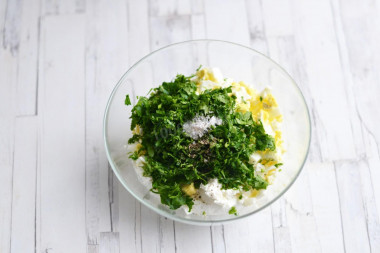
In a bowl, combine cottage cheese, eggs, chopped herbs. Season the filling with salt and pepper.
Step 9:
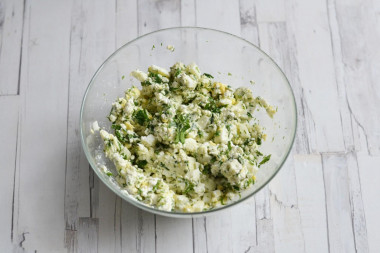
Then mix thoroughly. The filling is ready.
Step 10:
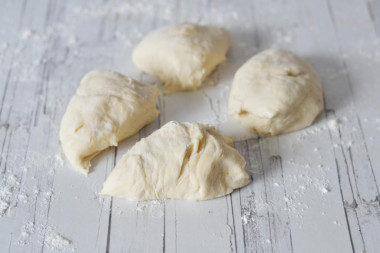
Meanwhile, the dough has already lain down, divide it into 4 parts.
Step 11:
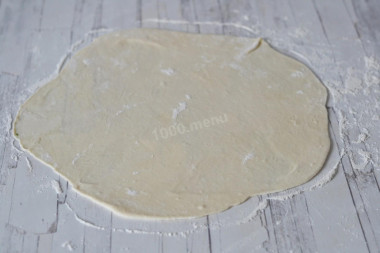
Roll out each piece of dough into a circle as thin as possible. The dough is very pliable, but you need to make sure that the work surface and the rolling pin are well dusted with flour. Otherwise, the dough will stick and may break. While there is no filling, it's not scary — you can roll it out again, but if there is a filling, then you will have to seal up the torn places.
Step 12:
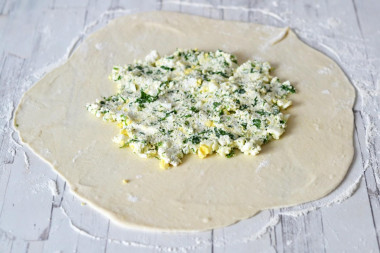
Place the filling in the center of the rolled flatbread in a thin, even layer. Fold the edges of the dough into a square envelope, pinch the seams well. Press the tortilla with your hands so that the edges connect better and the filling spreads well inside the pie.
Step 13:
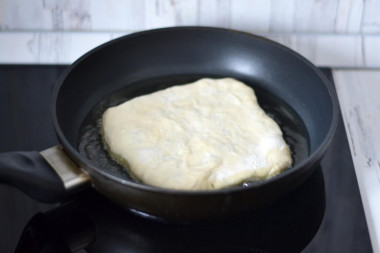
In a frying pan, heat the vegetable oil over moderate heat. Fry the placinds on it until golden brown on both sides. First, lay the pies seam down, then turn over to the other side.
Step 14:
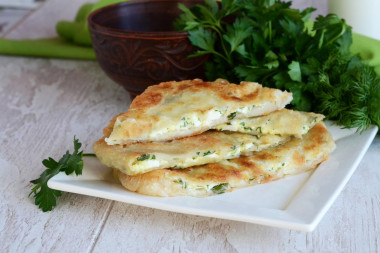
Here are such hearty juicy golden placinds turned out. Enjoy your meal!
Placinds are cooked very often in Moldova. They are prepared from extract, yeast and puff pastry. In my recipe, the dough is made with vinegar.
But the fillings can be very different: sweet (with pumpkin and sugar, with pumpkin and apple, with cottage cheese and raisins) and unsweetened (cottage cheese with herbs and egg, potatoes, cabbage, minced meat).
I strongly advise.
To avoid mistakes when working with flour, read about flour and its properties!
Use oil with a high smoking temperature for frying! Any oils are useful only until a certain temperature is reached - the point of smoking, at which the oil begins to burn and toxic substances, including carcinogens, are formed in it.
Unrefined oils, with rare exceptions, have a low smoking point. There are a lot of unfiltered organic particles in them, which quickly begin to burn.
Refined oils are more resistant to heating, and their smoking point is higher. If you are going to cook food in the oven, on a frying pan or grill, make sure that you use oil with a high smoking point. The most common of the oils with a high smoking point: refined varieties of sunflower, olive and grape.
For cooking, it is better to use filtered or bottled water that is neutral to taste. If you use tap water, keep in mind that it can give the dish an unpleasant characteristic taste.
Caloric content of the products possible in the composition of the dish
- Chicken egg - 157 kcal/100g
- Egg white - 45 kcal/100g
- Egg powder - 542 kcal/100g
- Egg yolk - 352 kcal/100g
- Ostrich egg - 118 kcal/100g
- Cottage cheese of 40% fat content - 466 kcal/100g
- Cottage cheese of 20% fat content - 233 kcal/100g
- Cottage cheese of 18% fat content - 226 kcal/100g
- Cottage cheese of 10% fat content - 156 kcal/100g
- Low-fat cottage cheese - 75 kcal/100g
- Cottage cheese with sour cream - 260 kcal/100g
- Fruit cottage cheese - 147 kcal/100g
- Soft dietary cottage cheese - 170 kcal/100g
- Vitalinia cottage cheese - 64 kcal/100g
- Cottage cheese "morning" ( "danone") without sugar - 91 kcal/100g
- Cottage cheese - 156 kcal/100g
- Ground black pepper - 255 kcal/100g
- Parsley greens - 45 kcal/100g
- Dill greens - 38 kcal/100g
- Whole durum wheat flour fortified - 333 kcal/100g
- Whole durum wheat flour, universal - 364 kcal/100g
- Flour krupchatka - 348 kcal/100g
- Flour - 325 kcal/100g
- Vegetable oil - 873 kcal/100g
- Salt - 0 kcal/100g
- Water - 0 kcal/100g
- Table vinegar - 11 kcal/100g

